ESCAPE
Karoo Oddities (Part One) — snowmen, spooks, willy warmers and a resurrected Barbie-Q
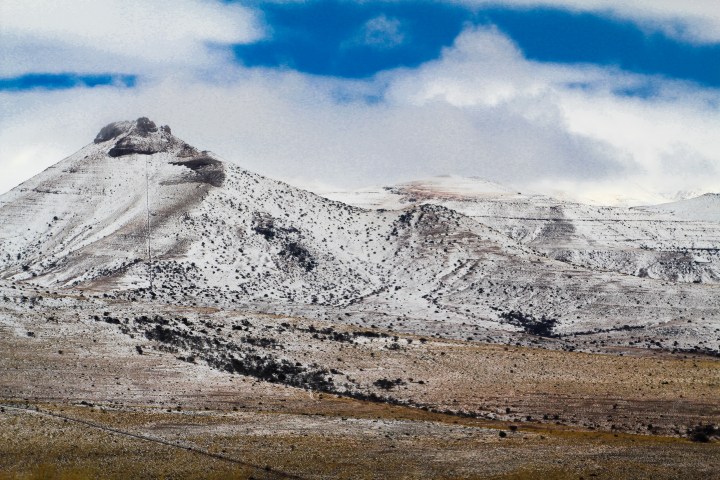
As autumn settles in, it's a good time to learn more about the strange tales, quirky characters and curiosities that abound in the Karoo, especially in winter , when the place transforms into a magical wonderland.
A Karoo winter is not for everyone: It’s for hardy people who like dressing in thermal layers, building snowmen on mountainsides and snuggling deep into their Pep store blankets in the lounge to ponder the patterns in the logs that burn through the night. They harbour an intense love for hot water bottles.
It’s suddenly extremely difficult to escape the clutches of the down duvet on chilly mornings, the dogs grow werewolf pelts, the hunters drive into town in their camouflaged bakkies and every neighbour seems to have a chunk of kudu simmering away in a cast-iron pot.
The firewood floggers and their chainsaw teams are hard at it, cutting down enough right-size logs for every hearth in town. A winter Karoo home becomes a warm haven, with no shortage of red wine, roaring fires and hearty food.
The local shelter is working hard, trying to feed the poorest of us as much as it can during this time, when it’s no fun living rough.
Out on the farms, the Aga stove is the warm heart of the homestead. A Karoo farm kitchen in the cold season is a popular place to be, for cooks and kids and collies alike.
Read more in Daily Maverick: Snow Day in the Karoo
In the morning when the sun rises and lights up the snowfalls, the rivers sparkle, the frost makes patterns on the trees, the roofs of the sheds glisten and the hills take on a silky texture, resembling large icing sugar outcrops.
And you suddenly realise: who would want to be anywhere else in the world?
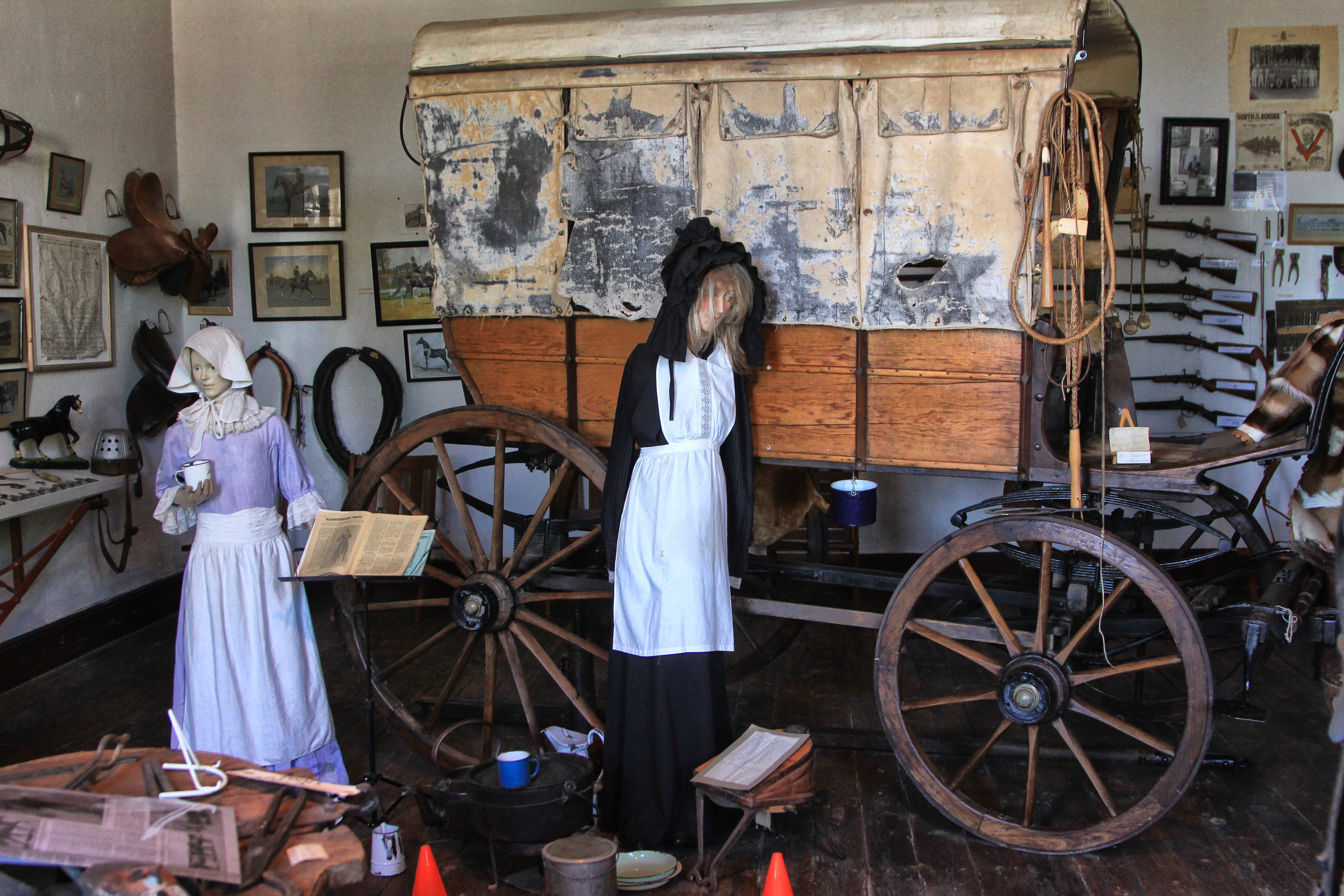
A museum where ghosts help rearrange the décor. (Photo: Chris Marais)
A fright at the museum
The Richmond Horse Museum is mostly about equestrian matters, but there is also a resident ghost on the precinct.
Curator Johan Tolken is not a man who scares easily. In 2003, a Richmond relative called him at his home in Lambert’s Bay and asked him to come up and help out on a guesthouse project.
“That was supposed to last only two years — it’s been nearly 15,” he says cheerfully.
Tolken’s job allows him to indulge his passion for historical research. With little or no provocation he will haul out an ancient 8mm projector and show you film clips of South Africa circa the old days.
He’ll also give you the skinny on famous folk like Josephine Cornelia Brink, a Richmond girl who married into Randlord money and became José Dale Lace.
You might remember Dale Lace (of Northwards House, Parktown, Joburg) as the woman who bathed in a marble tub filled with fresh milk and rocked around town in a coach drawn by four zebras.
“I’ll tell you another thing,” Tolken will half-whisper conspiratorially, “There’s a ghost in the museum. I’m convinced of it. I once saw a little boy in a pale shirt here, and he walked right through a wall. One time, he came up and kicked me in the leg, but he doesn’t bother me anymore.”
Wee willy warmers
In milder parts of the world, a willy warmer is a novelty item, one of those ironic presents men often find addressed to them under a Christmas tree.
But willy warmers, aka peter heaters or man mittens, serve a real purpose in cold countries like Croatia, where the shepherds up in the Mrkopalj Mountains wear them to ward off frostbite.
In Norway, where they go by the names of vanakot or suspensorium, the traditional willy warmer is made from squirrel fur (hairy side in for better insulation) and worn with leather pants when the chill sets in.
Some old-school Norwegian islander girls still knit their beaus willy warmers as a sign of their affection. Woe betide the Norseman who rejects such a gesture of love.
In the booties & beanies section of one of the Williston Mall shops, among the Zambuk, Cobra and Nugget tins, lurk thoughtfully packaged willy warmers “for the man who has everything”.
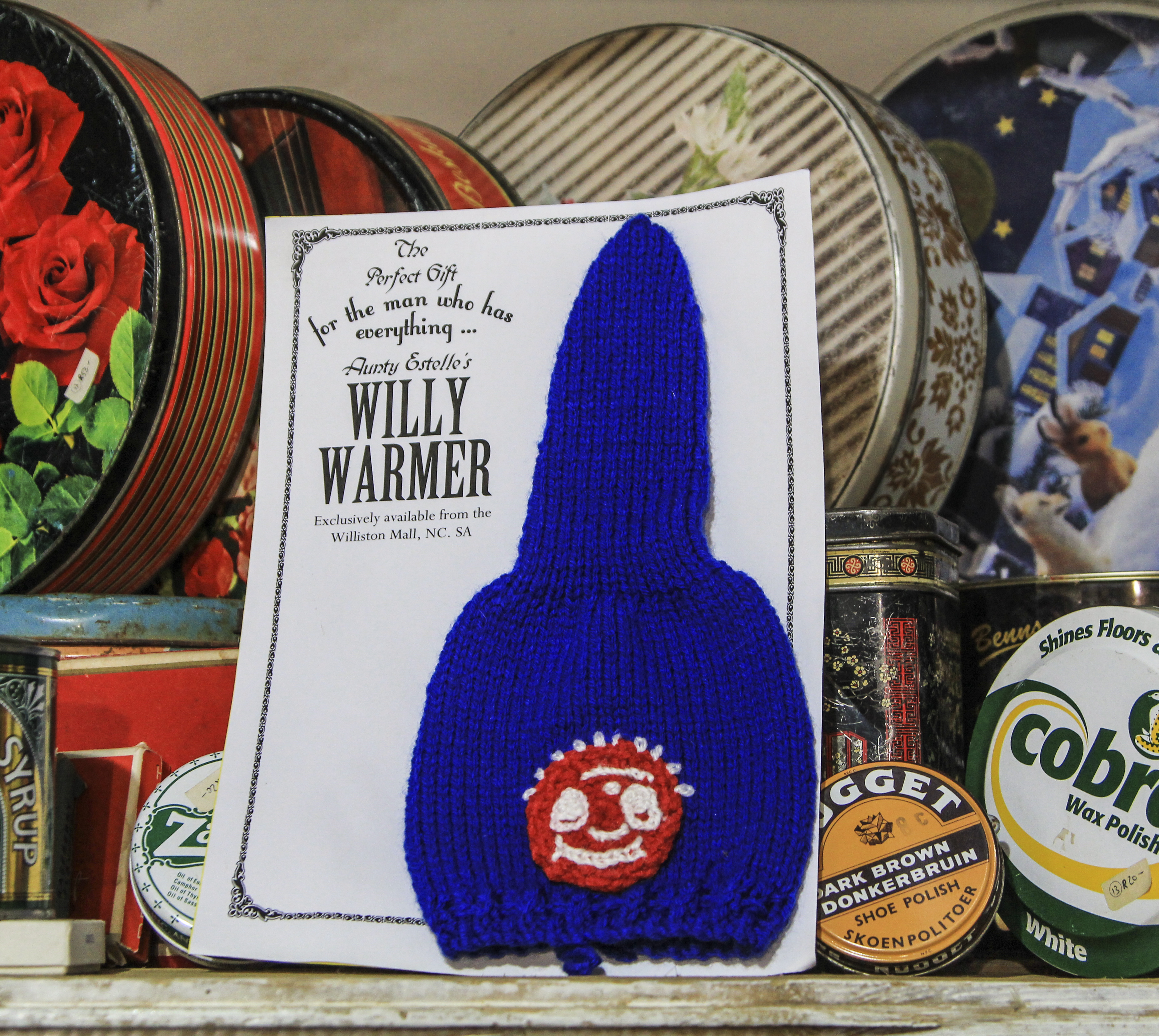
Locally knitted willy warmer, Williston Mall, Northern Cape. (Photo: Chris Marais)
They are sourced from as far afield as Port Elizabeth and somewhere deep in the Tankwa desert.
“Then, of course, a lady who lives in the local retirement centre knits them for us as well,” the Williston Mallers will tell you.
Roadside ghosts
There are many reasons for not taking on a Karoo highway or byway after dark. Huge cross-country trucks with sleepy eyes behind the wheel suddenly appear in your lane. A little bakoorjakkals (bat-eared fox) becomes roadkill in your headlights. A mid-winter kudu smashes into your windscreen with disastrous results all round.
Or a ghost appears out of the inky blackness.
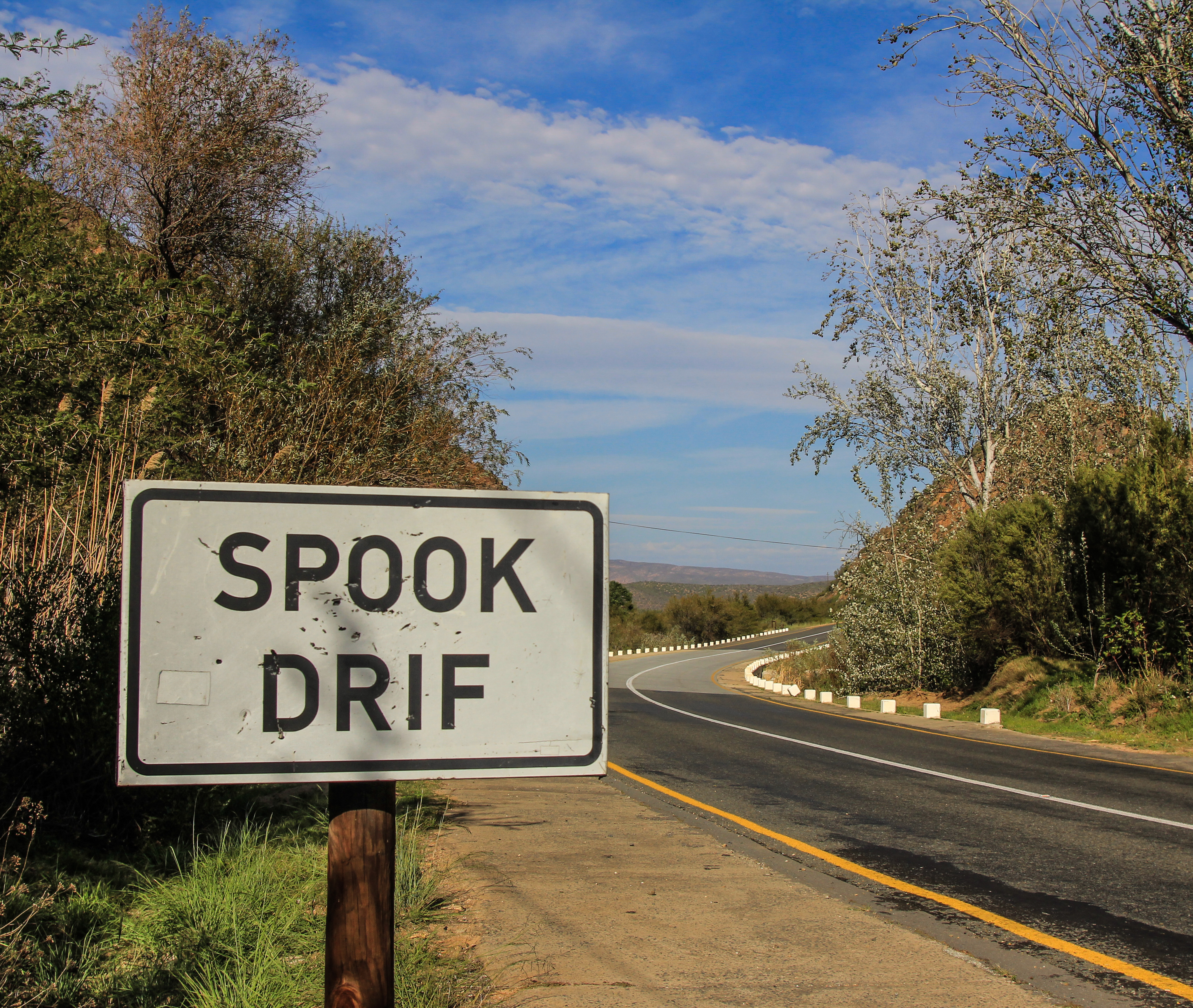
Roadside ghost stories abound in the Karoo. (Photo: Chris Marais)
The earliest recorded Karoo roadside encounter with the departed goes back centuries to the lonely “Spokeveld” region between Ceres and Beaufort West.
There’s said to be a transport wagon eternally crossing the sparse veld, drawn by “14 wide-eyed mules” and a driver with a look of utter madness on his face. If you ask him where he’s going, he’ll scream back:
“To Hell! To Hell!”
Read more in Daily Maverick: The haunted Karoo: All is quiet after dark … or is it?
Near Beaufort West, a man killed his wife in a dry riverbed, and since then travellers report seeing a swift-moving light sweeping backwards and forwards along the river course. It is said to be the ghost of the murder victim, furiously searching for her husband.
On the N1 between the village of Matjiesfontein and the famous graveyard where many men of historical note are buried, motorists have seen a British soldier in khakis and bloodstained bandages standing at the roadside.
Another traveller approaching the graveyard at sunset heard a lone set of Scottish bagpipes. When he arrived at the cemetery gate all was Karoo-still in the gloaming.
Barbie-Q rises from the ashes
Things were rolling along just fine down at the Tankwa Padstal until one fateful night in September 2014.
There had been a disturbance at the bar during the day, involving a local somebody. It was later revealed that he returned after closing time, with matches and a can of petrol.
He broke in, stole some knives and sweets from the shop, and set the place alight. What follows next is priceless.
By the time the owners phoned the insurance company, an entire network of aid had sprung up to rebuild the Tankwa Padstal.
The biker community raised a ton of money. Overlanders who know and love the tricksy R355 and its eccentric roadside oasis made contributions. The AfrikaBurn people set up a temporary Werkswinkel Bar in a Bedouin tent. Trucks began arriving with free loads of building sand and stone.
Read more in Daily Maverick: Karoo oddities – tales from the quirky, magical heartland of South Africa
Farmworkers in the area are also regulars at the Tankwa Padstal. This is where they get their mielie meal, tobacco, bicycle parts and, occasionally, some treatment for their donkeys. One of them donated R10 to buy a brick for the rebuild.
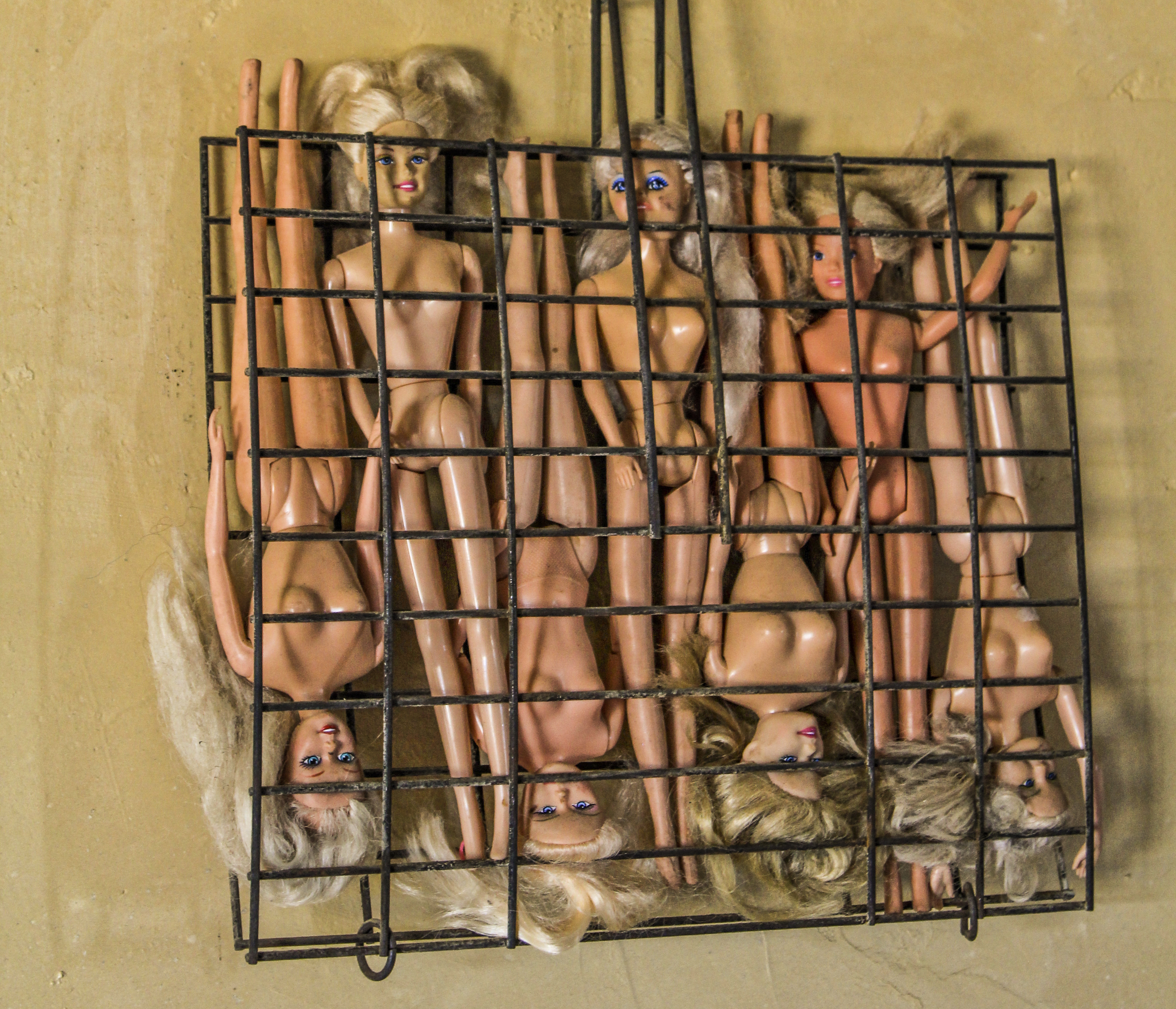
The Barbie Cue in the Tankwa Padstal, Northern Cape. (Photo: Chris Marais)
Even the ironically named Barbie-Q of griddle and dolls had been overcooked in the blaze and was soon replaced by a well-wisher. By the end of December that year, the new and improved Tankwa Padstal was back in business. DM
For an insider’s view on life in the Karoo, get the three-book special of Karoo Roads I, Karoo Roads II and Karoo Roads III by Julienne du Toit and Chris Marais for only R800, including courier costs in South Africa. For more details, contact Julie at [email protected]
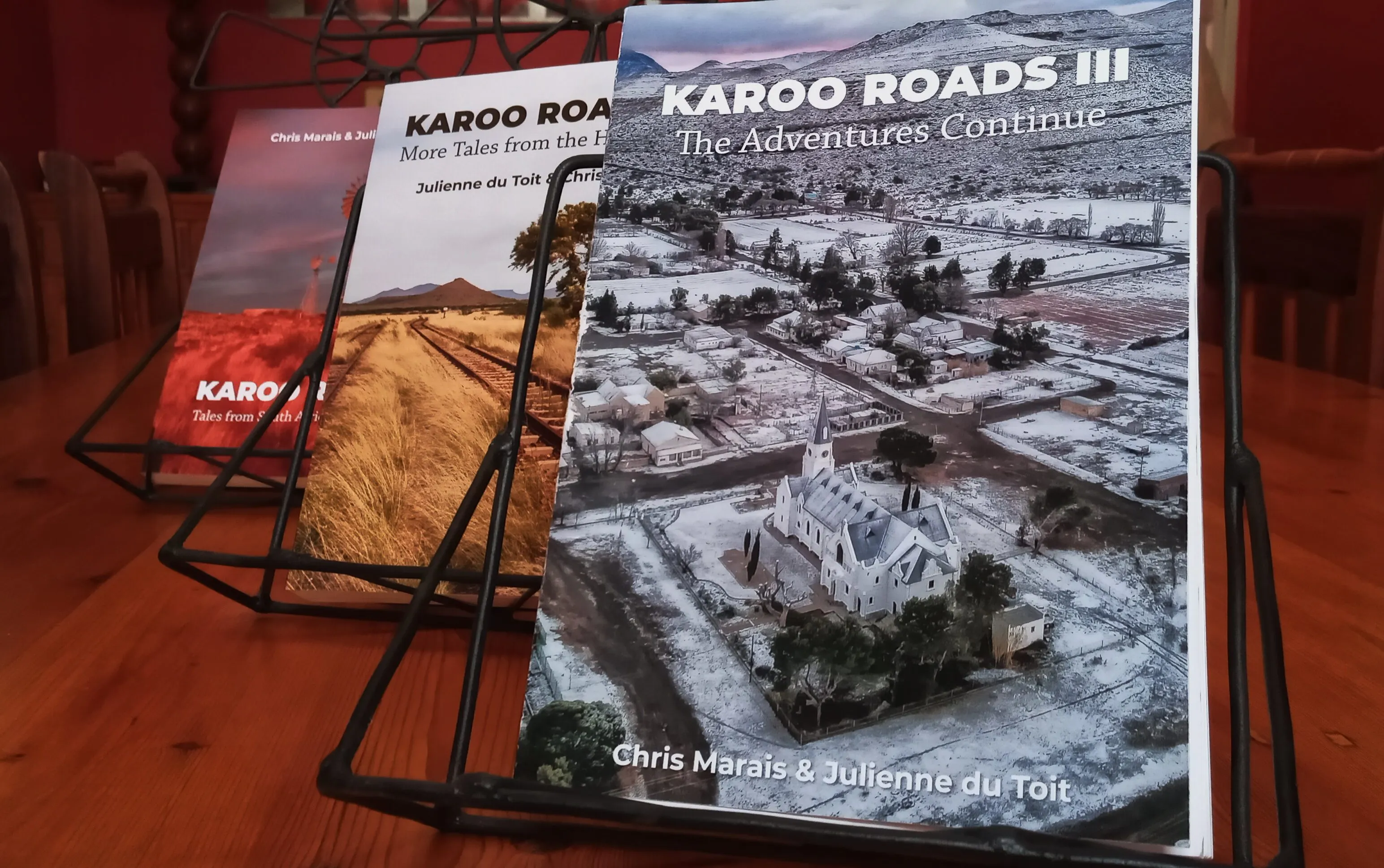

















 Become an Insider
Become an Insider
I just love these Karoo tales. Thanks – keep them coming! The books are equally priceless and definitely worth buying.
I have always enjoyed the sence of solitude when driving through the Karroo. I can’t help feeling that this mad rush to “renewables”, wind and solar is going to destroy the unique ambiance of the Karoo.
For me the Karoo is “‘n holte vir my voet”. I remember way back, my then-husband and I were driving back from Johannesburg to Cape Town. It was midwinter. We decided to sleep over in Matjiesfontein. The only available room was the bridal suite. The irony was, I was three months pregnant with our first child!